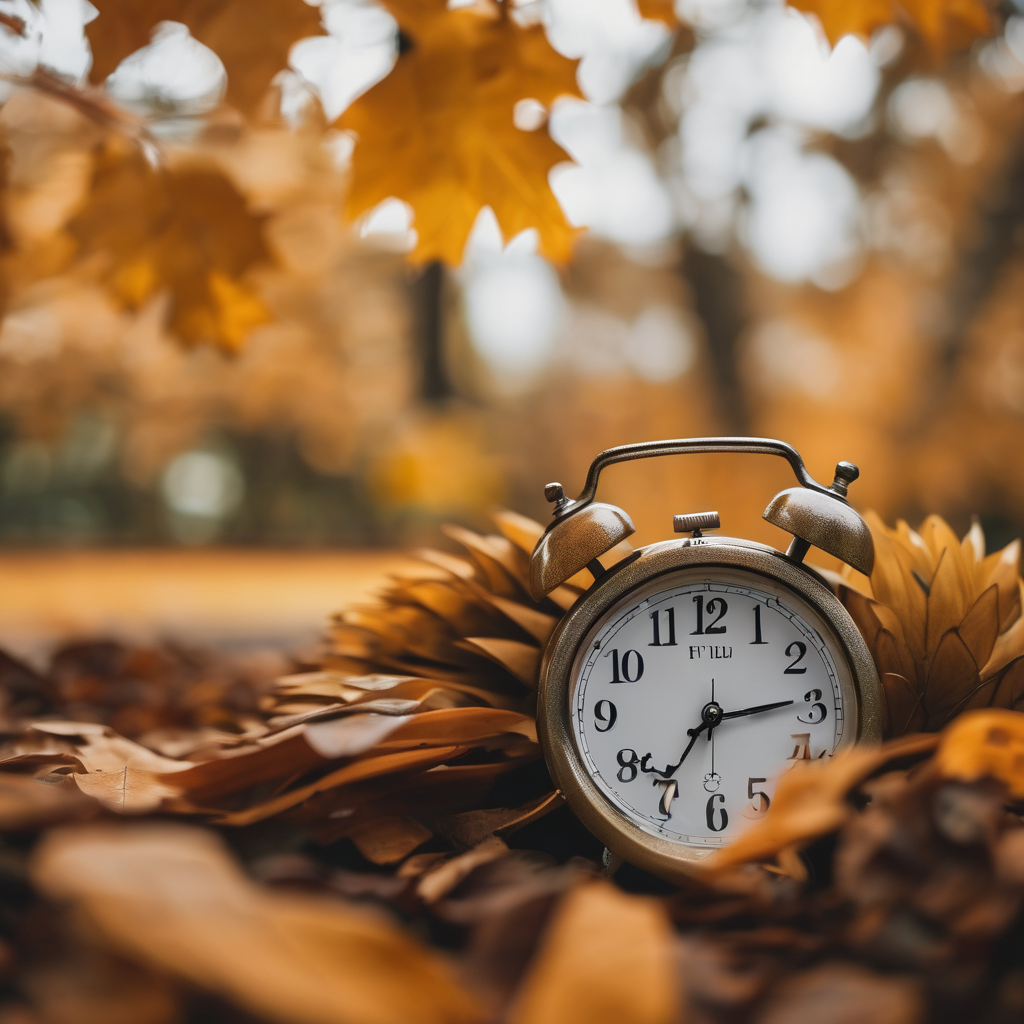Michigan is preparing to gain an extra hour as Daylight Saving Time (DST) comes to an end this fall. On November 2, residents will set their clocks back one hour before going to bed on November 1. This shift means that mornings will start with the sun rising an hour earlier, and evenings will have reduced daylight as we move further into the fall season.
Daylight Saving Time, commonly misreferred to as “daylight savings,” adjusts the clocks to align daylight hours more favorably with the schedules of most people. The goal of this time change is to conserve energy, especially during warmer months when more individuals engage in outdoor activities.
As Michiganders prepare for the clock change, it’s essential to remember that the correct terminology is Daylight Saving Time, which does not include an “s” at the end. Following the end of DST, the winter solstice will occur on December 21 at 8:03 a.m. EST, marking the longest night of the year. From there, daylight will gradually increase until the onset of summer.
In 2025, DST will conclude on November 2 at 2 a.m., while in 2026, it will recommence on March 8, when clocks will spring forward by an hour, bringing longer daylight in the evenings.
As we brace for the change to standard time, families and communities across Michigan can look forward to cozy evenings ahead, making it the perfect opportunity to enjoy winter festivities and family gatherings during the longer nights.
